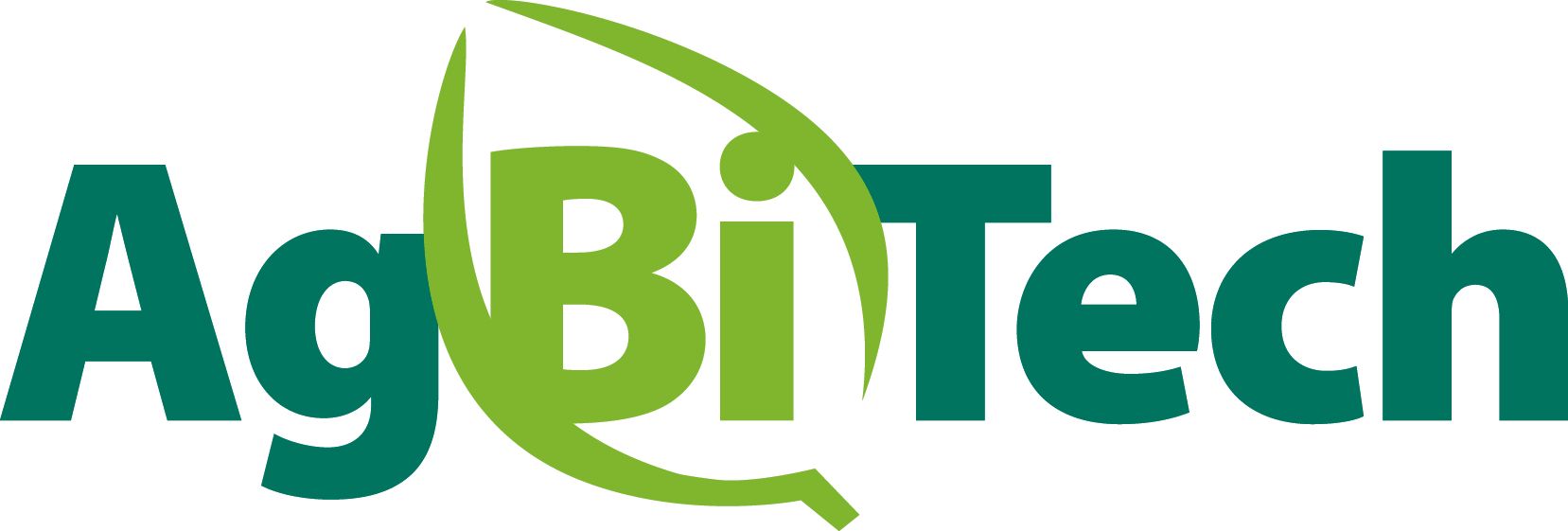ViVUS Max
Biological insecticide for the control of Helicoverpa spp. larvae
Insect Target
Helicoverpa (formerly Heliothis) insects Helicoverpa armigera and Helicoverpa punctigera larvae (common names include cotton bollworm, corn earworm and tomato fruitworm).
Registered Crops
Cereal grains, Lucerne, Oilseed, Potatoes, Pulses, Cotton, Sweet corn, Berry fruit, Brassica vegetables, Celery, Cucurbits, Fruiting vegetables, Leafy vegetables, Legume vegetables, Ornamental flowers and plants, Pome fruit.
Overview
ViVUS Max is a highly effective natural baculovirus-based biological control.
Used either as a classical insecticide to target economic populations of Helicoverpa, or applied when crops first become attractive to caterpillars, ViVUS introduces a baculovirus that specifically targets Helicoverpa.
Depending on the crop, ViVUS generally works best when used as part of a grower’s pest control regime. It reduces the overall costs of pest control by enhancing the natural defence mechanisms against Helicoverpa.
The baculovirus multiplies and spreads through the Helicoverpa population—generally lasting for the duration of the crop. ViVUS continuously suppresses the pest without causing flare-ups in other insect populations, and provides substantial reductions in damage caused by sub-threshold numbers of Helicoverpa larvae.
The product contains the nuclear polyhedrosis virus (NPV) of Helicoverpa armigera and Helicoverpa zea
Features and benefits
- Environmental Safety
Zero impact on bees, soil insects, soil microbes, aquatic organisms, birds and mammals - Human Safety
Zero impact on operators and community – minimum safety and re-entry precautions - Integrated Pest Management
No or positive effect on predators and parasites – NPV infected larvae are a food source for beneficial species - No Residues
No post-harvest interval, and no spray-drift or run-off restrictions - Organic Certified
NPV’s can be used by Certified Organic growers
Key points on performance
- Excellent spray coverage critical to achieve good results.
- Larvae must ingest the virus to become infected.
- Apply during warm conditions (25-35°C) when larvae are actively feeding.
- Peak control at 4 to 9 days after application (faster in warm conditions).
- Provides between 60 to 90% control depending on coverage, environmental conditions and size of larvae.
